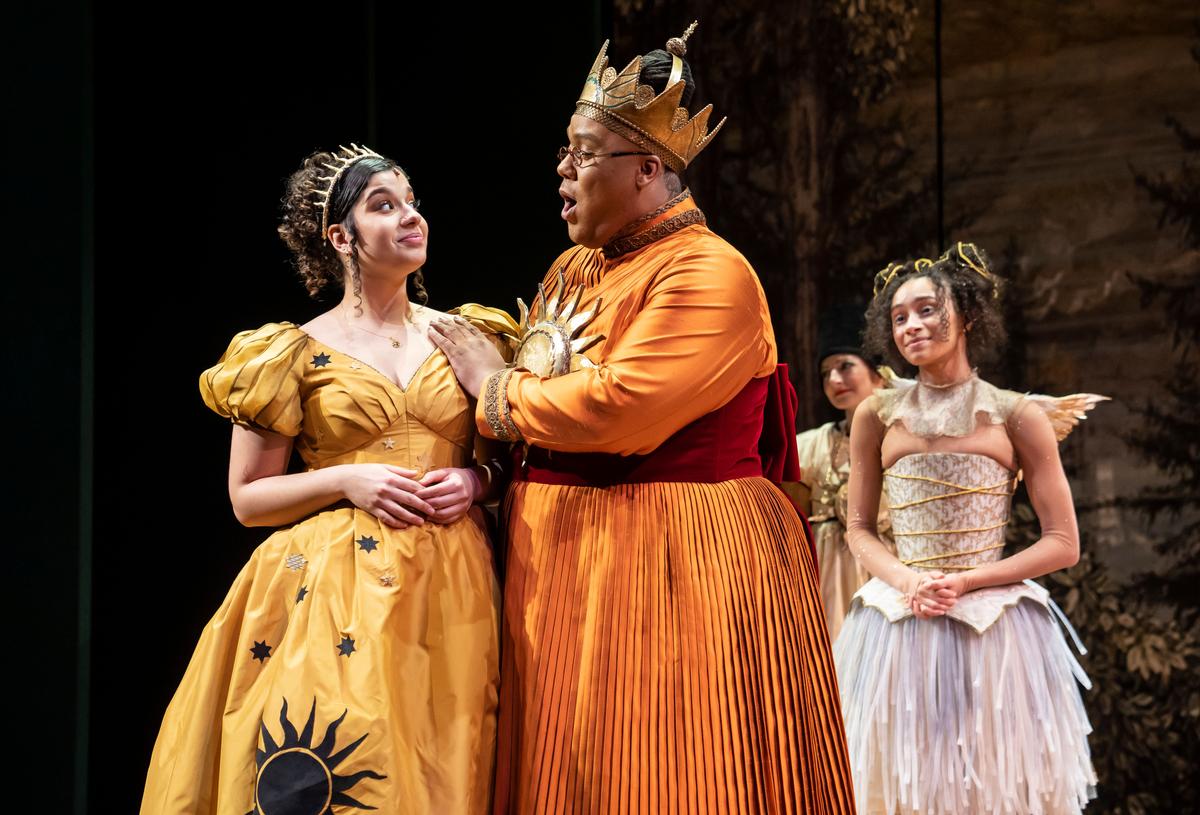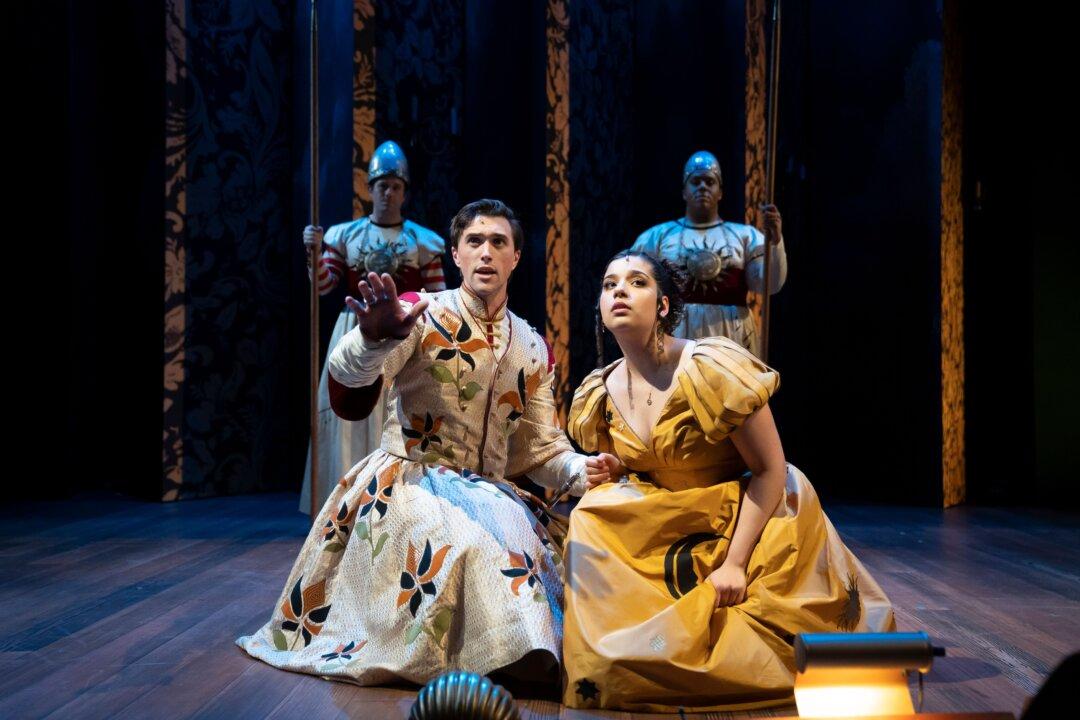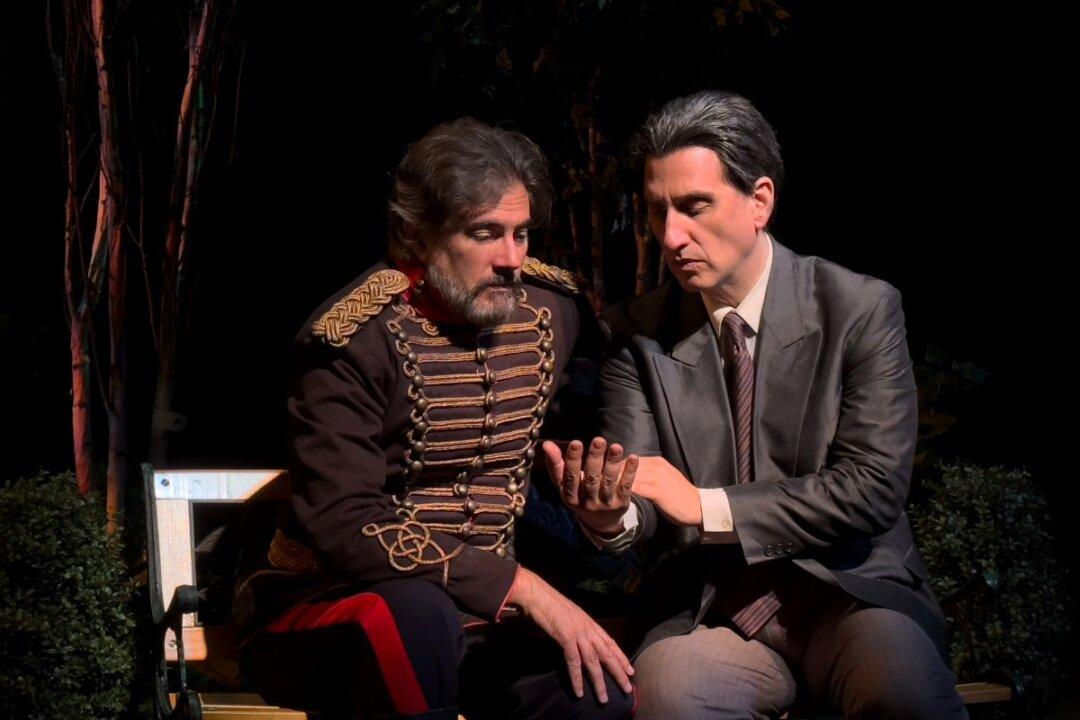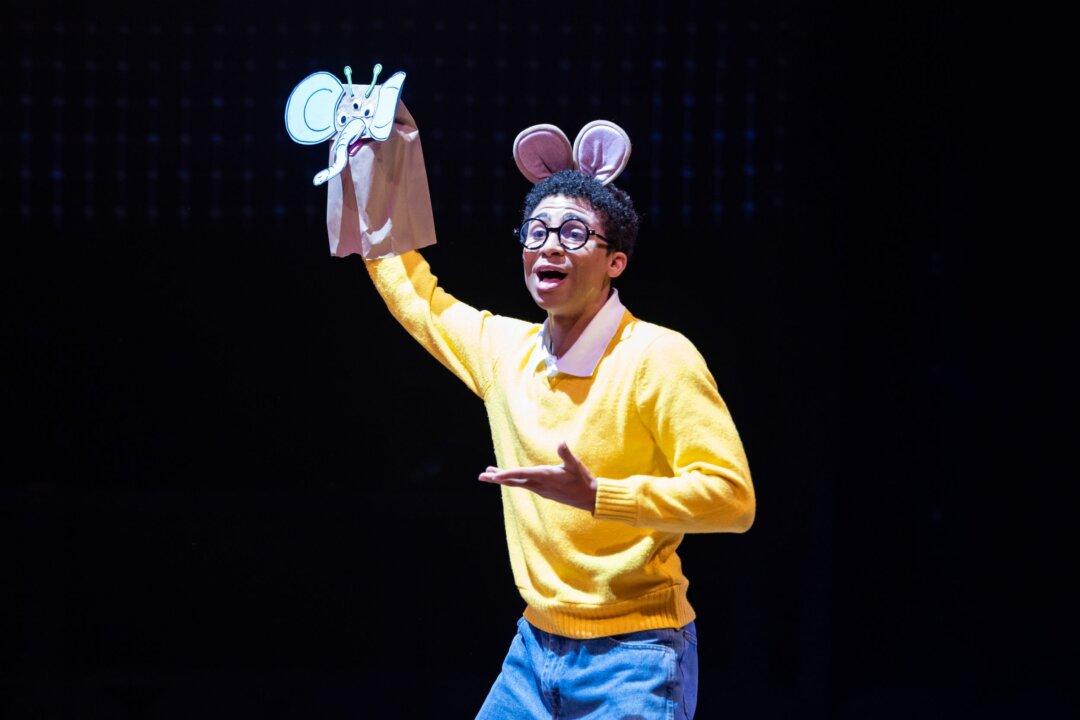CHICAGO—If you’re an opera aficionado or have been enthralled by Mozart’s “The Magic Flute,” you’ll be enchanted by Mary Zimmerman’s reimagined theatrical adaptation of the opera. But, you don’t have to be an opera lover to enjoy this world-premiere. This innovative and unique production, “The Matchbox Magic Flute,” now at the Goodman Theatre in Chicago, has all the engaging delight of Mozart’s grand classic and is presented with lavish staging, glorious music, and moments of originality and whimsy.

(L–R) Marlene Fernandez, Keanon Kyles, Lauren Molina, and Reese Parish in director Mary Zimmerman's "The Matchbox Magic Flute." Liz Lauren





